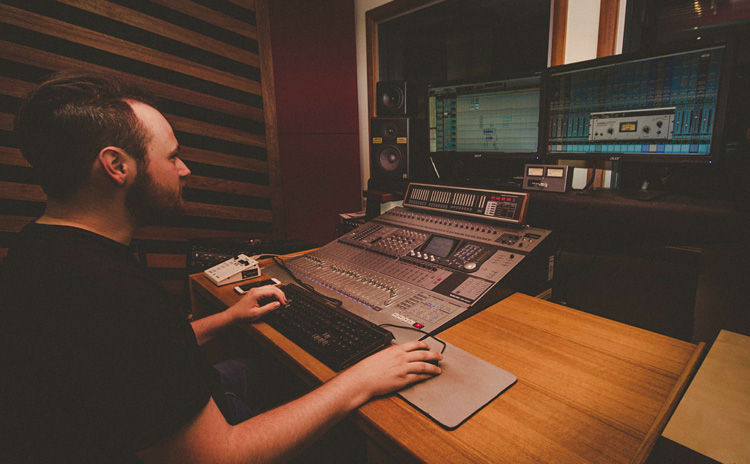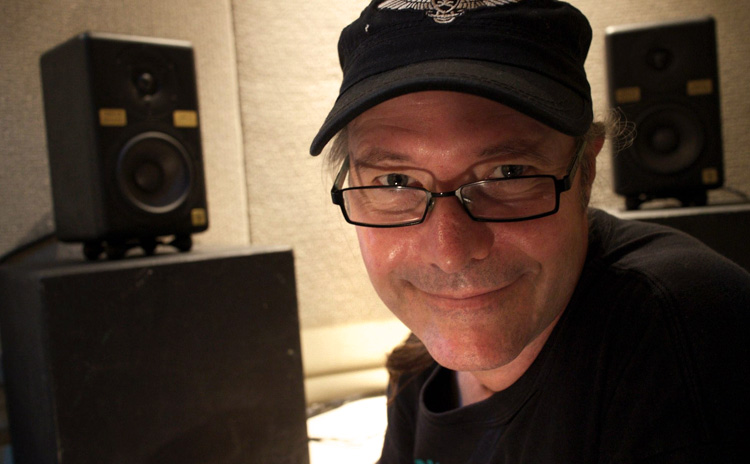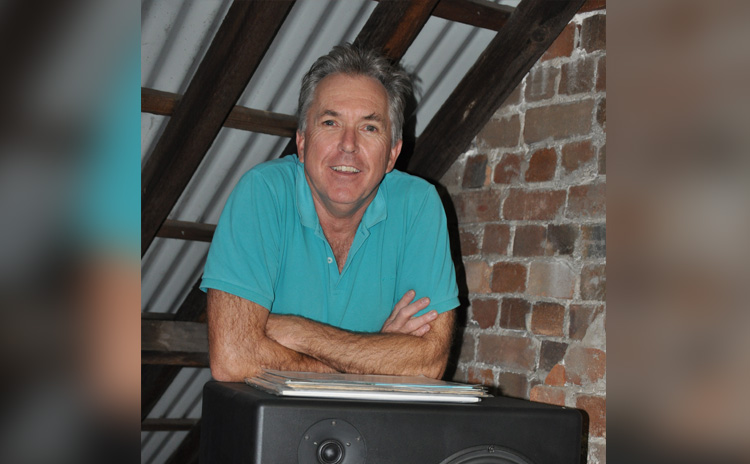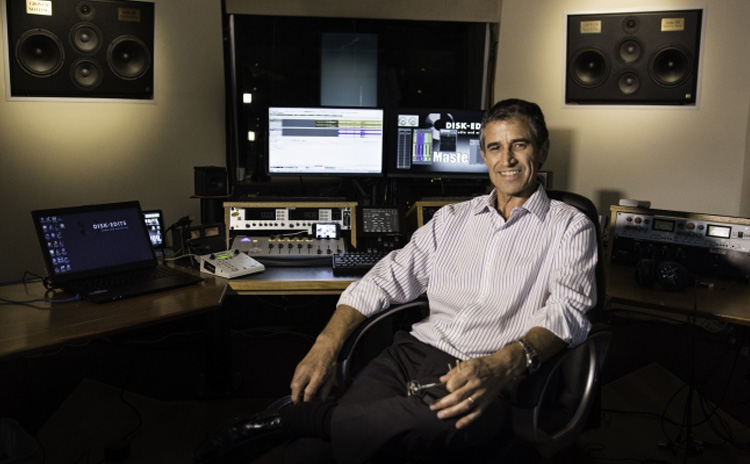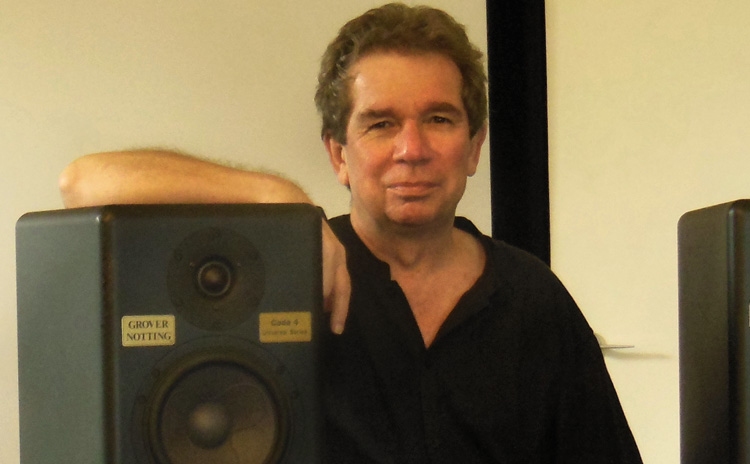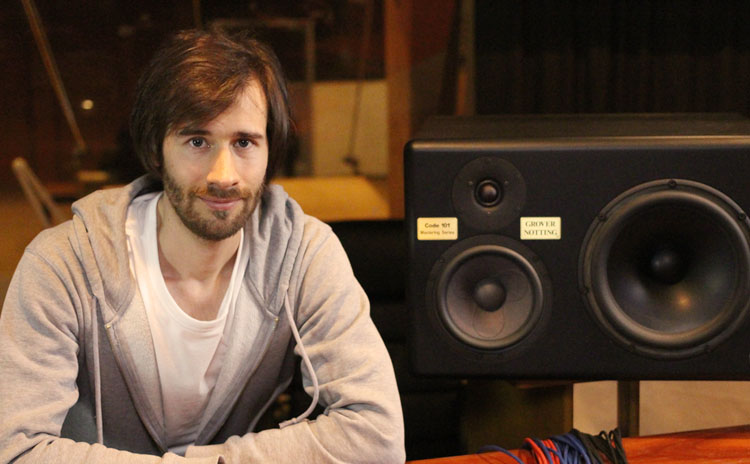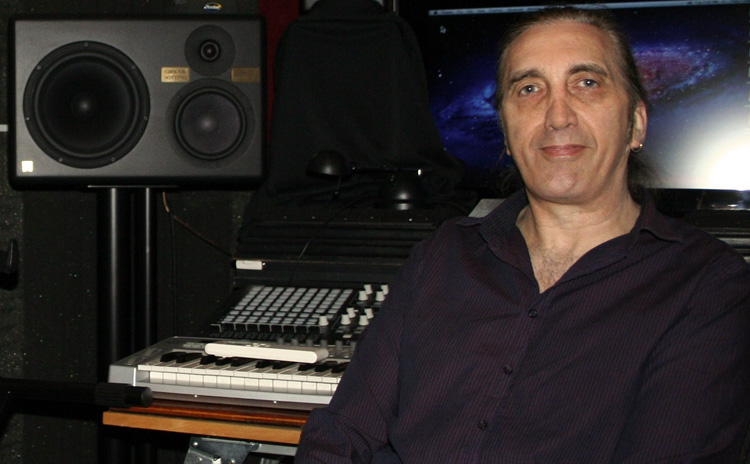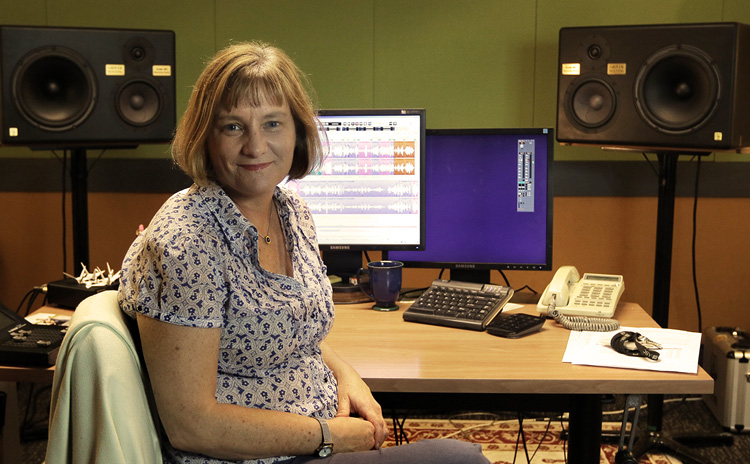Our Vision for a New Landscape
For most artists and artisans, the performance and production of music is more than a job, it is a calling, as it is for many creating the enabling tools and technologies. A faithful companion, music touches the soul, challenges the brain and stimulates the heart, healing, comforting, entertaining, inspiring, connecting, transporting, informing, daring, providing and rewarding. Many of us believe, if all people experienced well-presented, engaging music, the world would realise greater harmony. However, with some exceptions, it seems mainstream music has become a convenience, a background commodity and treated as such by those who control it, undermining the potential and sustainability of artists, artisans and their associated organisations. We believe a more inclusive landscape must evolve to facilitate greater opportunity, and a fairer distribution of rewards.
Our vision states the obvious in many aspects, nonetheless we put it out there to commit our self and challenge like-minded individuals.
The Artist
With rare exception musicians want and need to perform, and from the outset this fact has left them vulnerable to exploitation. A lack of respect and nurture will not only undermine artistic endeavour, but will diminish performance and associated production skills, we all lose. The major challenge confronting most musicians today, is the lack of definition in presenting their creative output for access and fair reward, negatively impacting the entire performance and production chain. To more effectively develop and sustain a career and establish production budgets that facilitate desirable standards, it seems logical to remove the barriers that monopolise the reward and put distance between the artist and their audience. And while we are at it, the current methodology of discovering talent and the pathways to exposure also warrant scrutiny.

The Artisan
In many countries, a commodified education system is producing vast numbers of audio engineering degrees with scant regard for core imperatives such as aptitude, passion and a comprehensive experience. Today a significant proportion of mainstream music program is manufactured, therefore the next generation is primarily exposed to close miking but ill-equipped in dealing with the challenges and potential of capturing in a substantial space. Note: The primary reason many find recordings of the 1950s, 60s and early 70s so aurally nutritious, is the capture techniques of the era that utilised the assets of the environment, in particular the resident room reverb, a familiar and most engaging listening experience. We are also seeing the emergence of robotic processes in music production and the reliance on software to mask ignorance and compromised practises.
Technology Supply
The emphasis on logistics, namely forcing as much product out the door as possible, to appease investors, will be hard to maintain. Sustainability will most likely require a more equal balance between marketing and engineering. It will almost certainly mean a more appropriate balance between features and performance. Future success will require collaborative client focussed partnership. In the constantly evolving digital domain, a closed architecture approach should no longer be acceptable; the market should demand choice and freedom, where technology is assessed on merit. One hopes we will see more defined product/system delineation between that targeted for mass consumption and that created for industrial/professional application, a situation that has blurred in recent years. It seems apparent that innovation and the aspiration to the highest standards will be led by the niche and private sector, who often see success in a long-term vision, rather than the typical short-term view of many large corporations, driven by the quarterly report to the stock exchange.
Technology Development
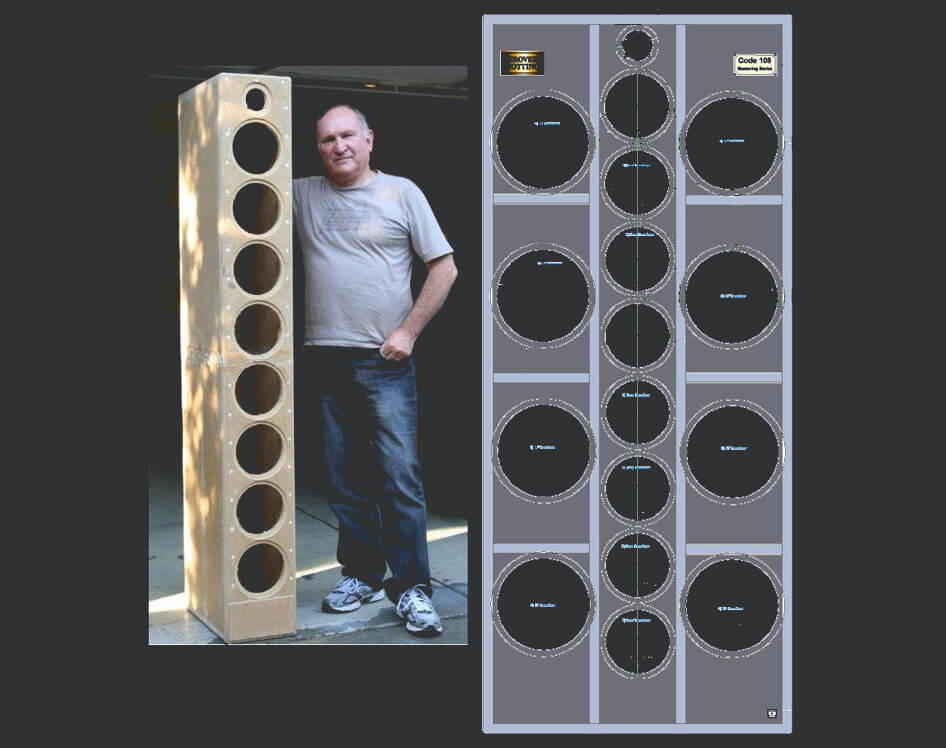
The long-term Code 108 Project
The attitude to, and consequent quality of an R&D program will define the health and potential of an organisation involved in the creation of entertainment technology. Needless to say, creativity is a potent lifeforce, to be encouraged at all levels and we declare that our R&D is dedicated to speaker system linearity and electronic power conversion. However, we also maintain a keen interest in high sample rate and multi-channel / immersive sound technology. Whilst we are born with two ears, life is not lived in stereo, in addition we need to consider that a number of our senses come into play when receiving information, that which we hear, that which we feel (frequencies below our auditory capability) and that which we perceive (frequencies above our auditory capability), hence the interconnection of interests.
In bringing many aspects of our research together and in collaboration with our Australian representative www.attaudiocontrols.com we are moving closer to producing an album of music, the content of which is written, arranged and eclectic, to feature peak and diverse musicianship.
The project will be recorded for a surround sound format, in a large space, simultaneously on three Pyramix DAWs each formatted to a different sample rate including 44.1kHz, 96 or 192kHz and DXD (and converted to DSD) taking a split from a common recording set up. This unprocessed simultaneous capture, appears the definitive way of researching the sample rate reality in an experiential sense.

